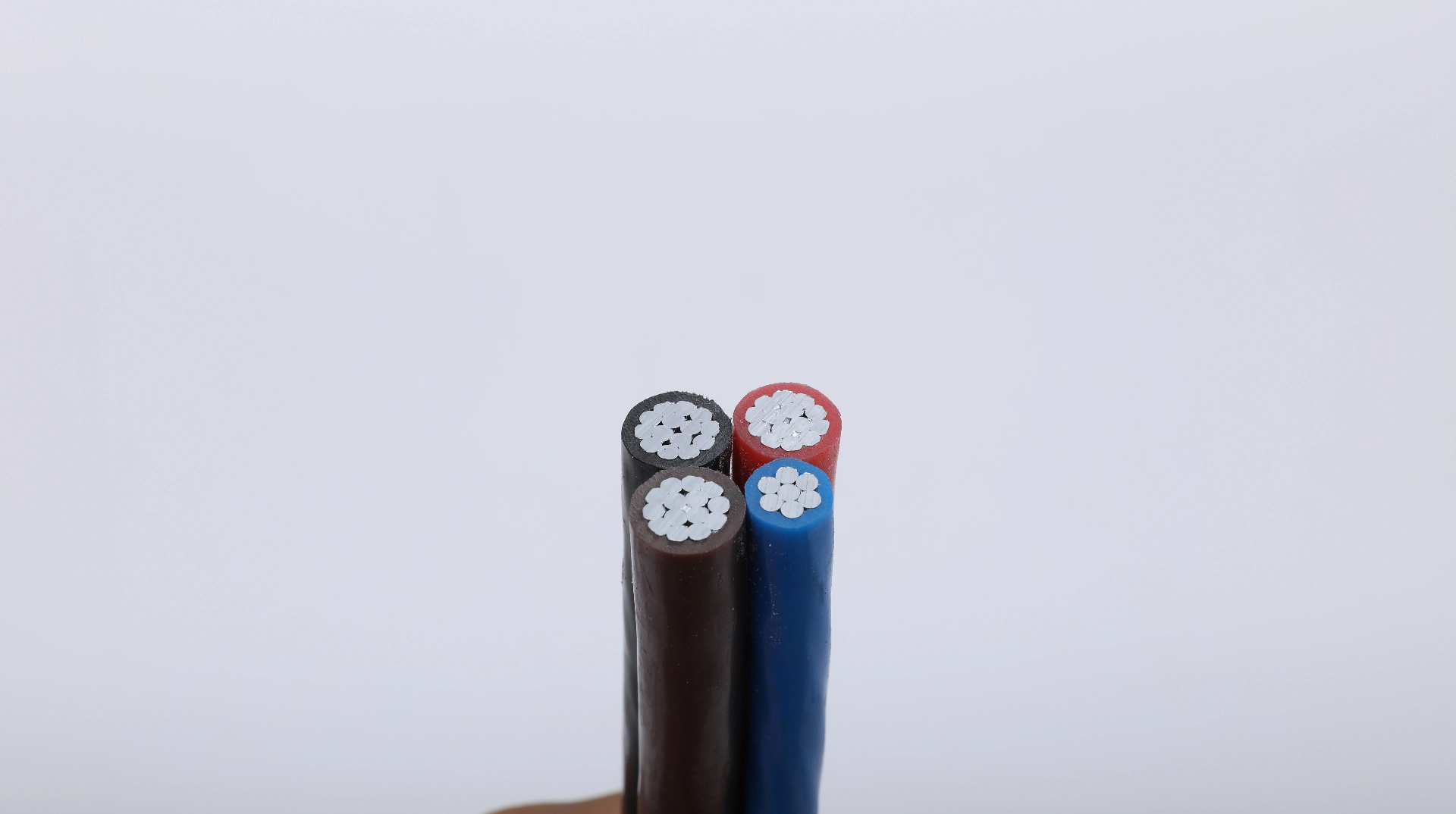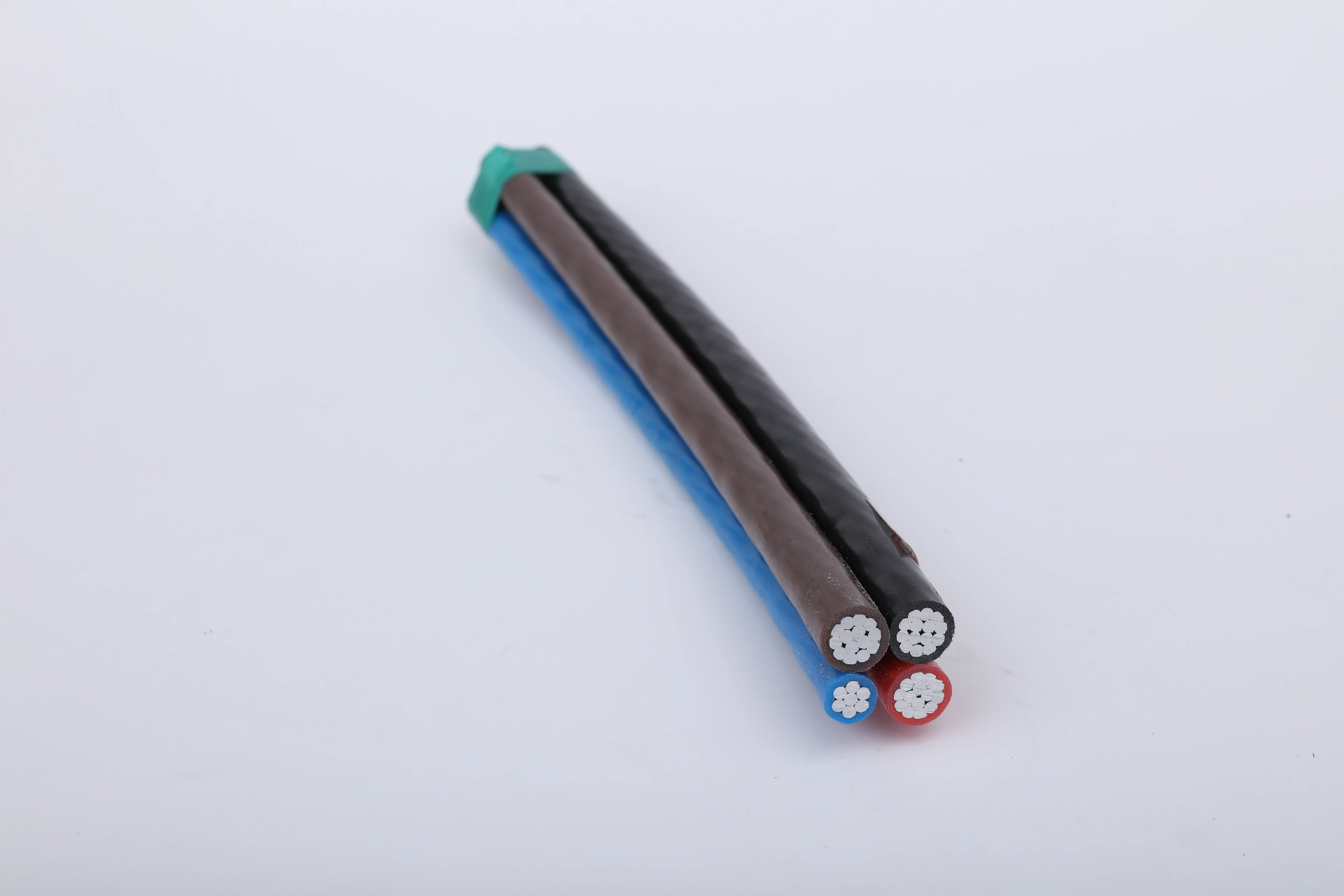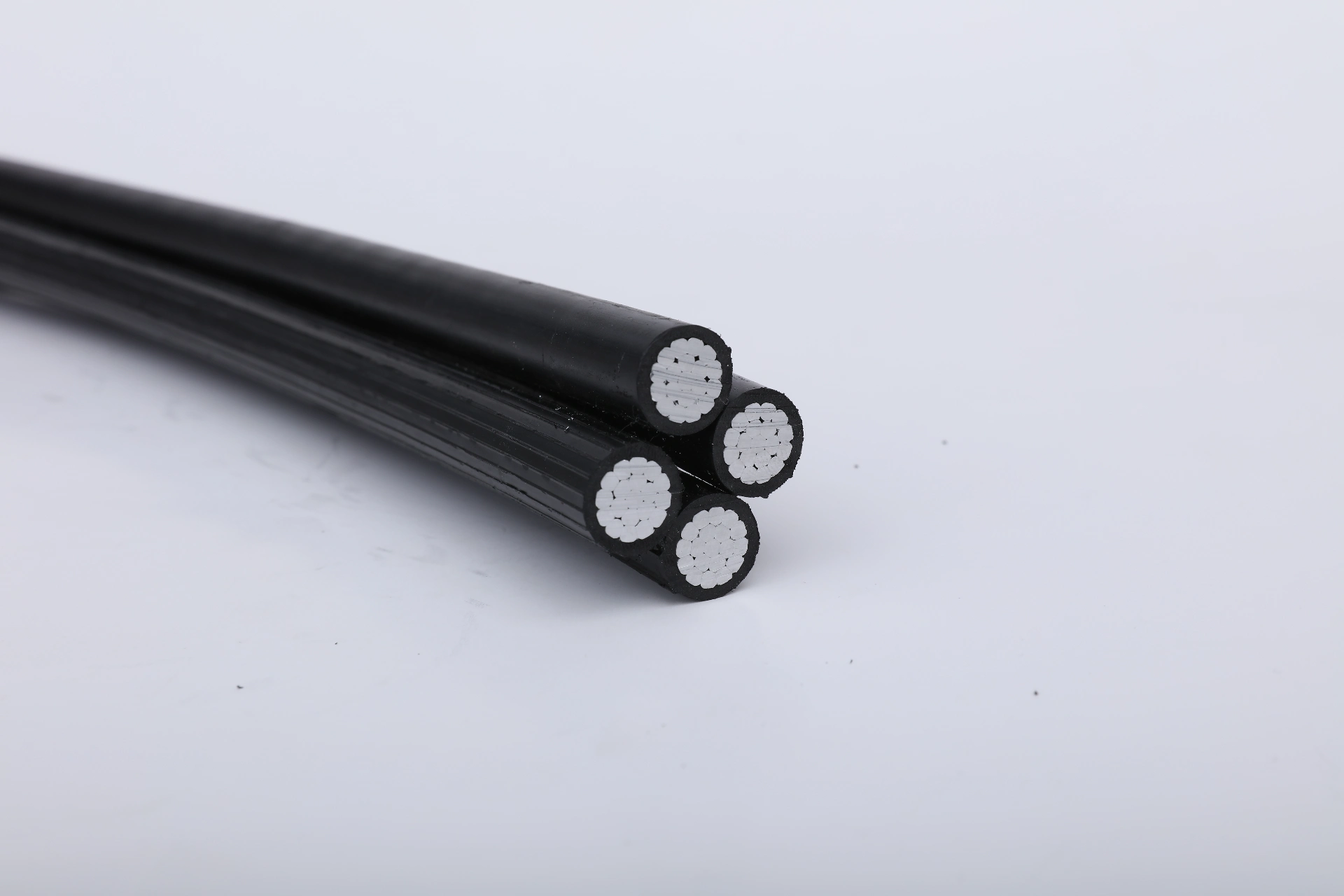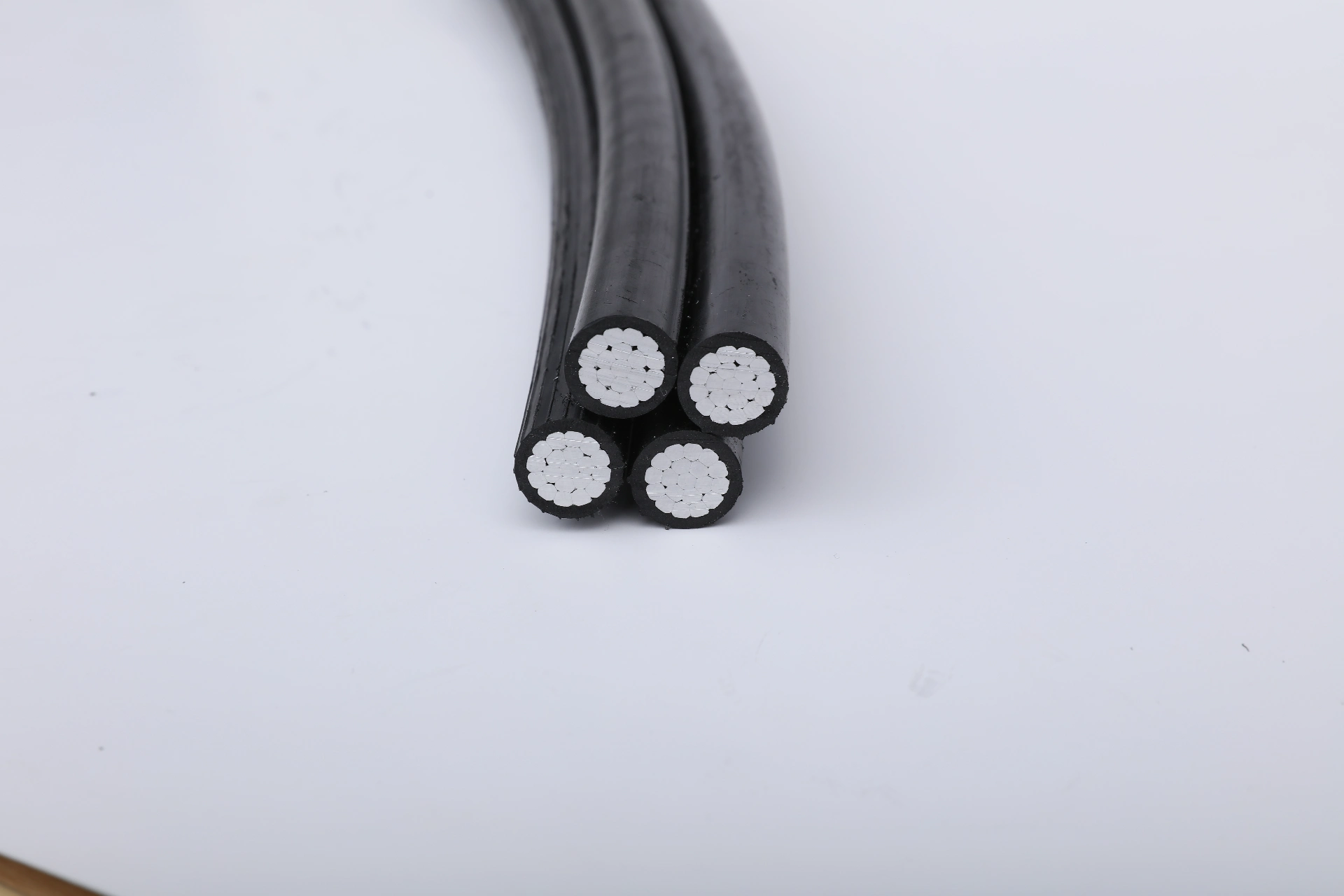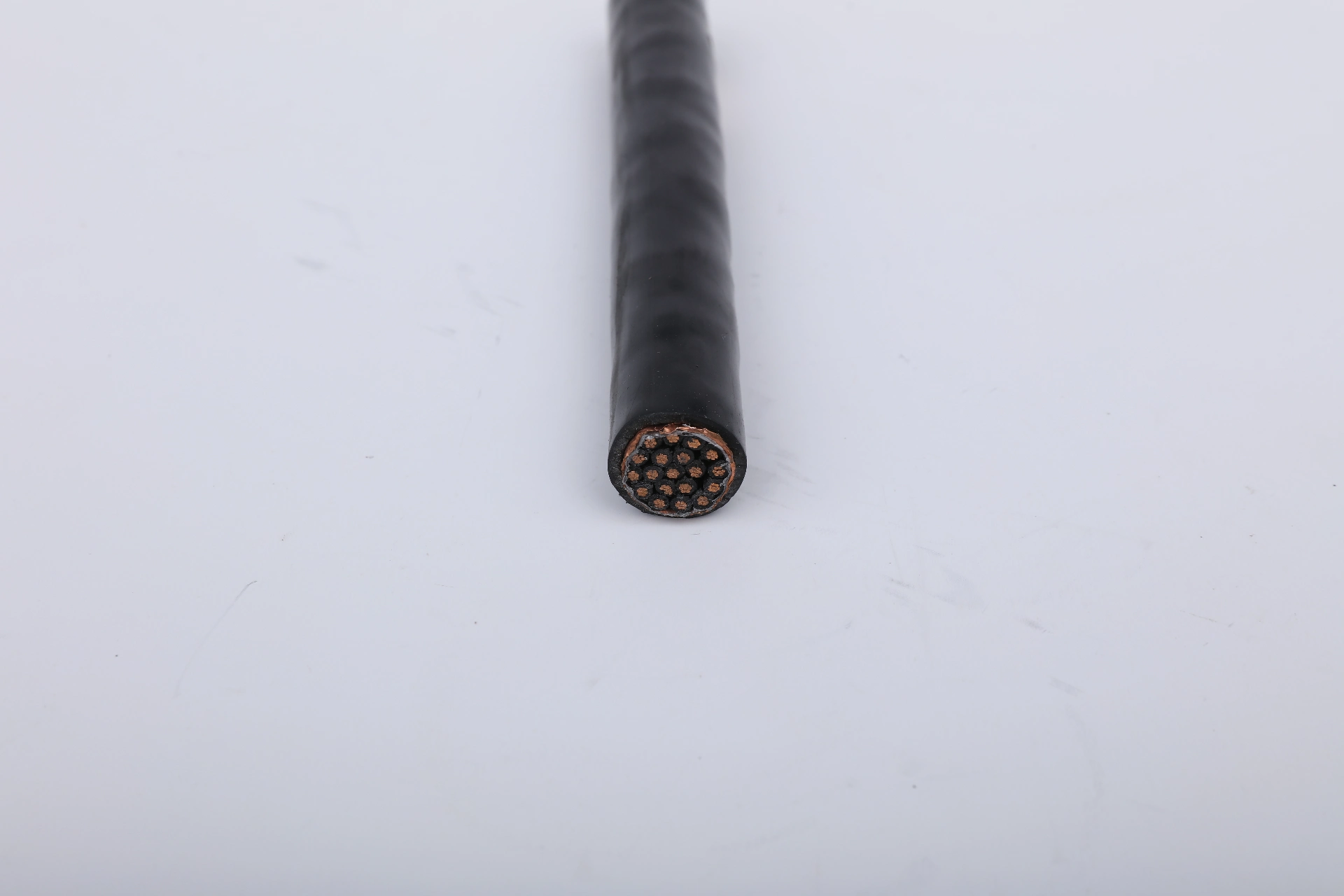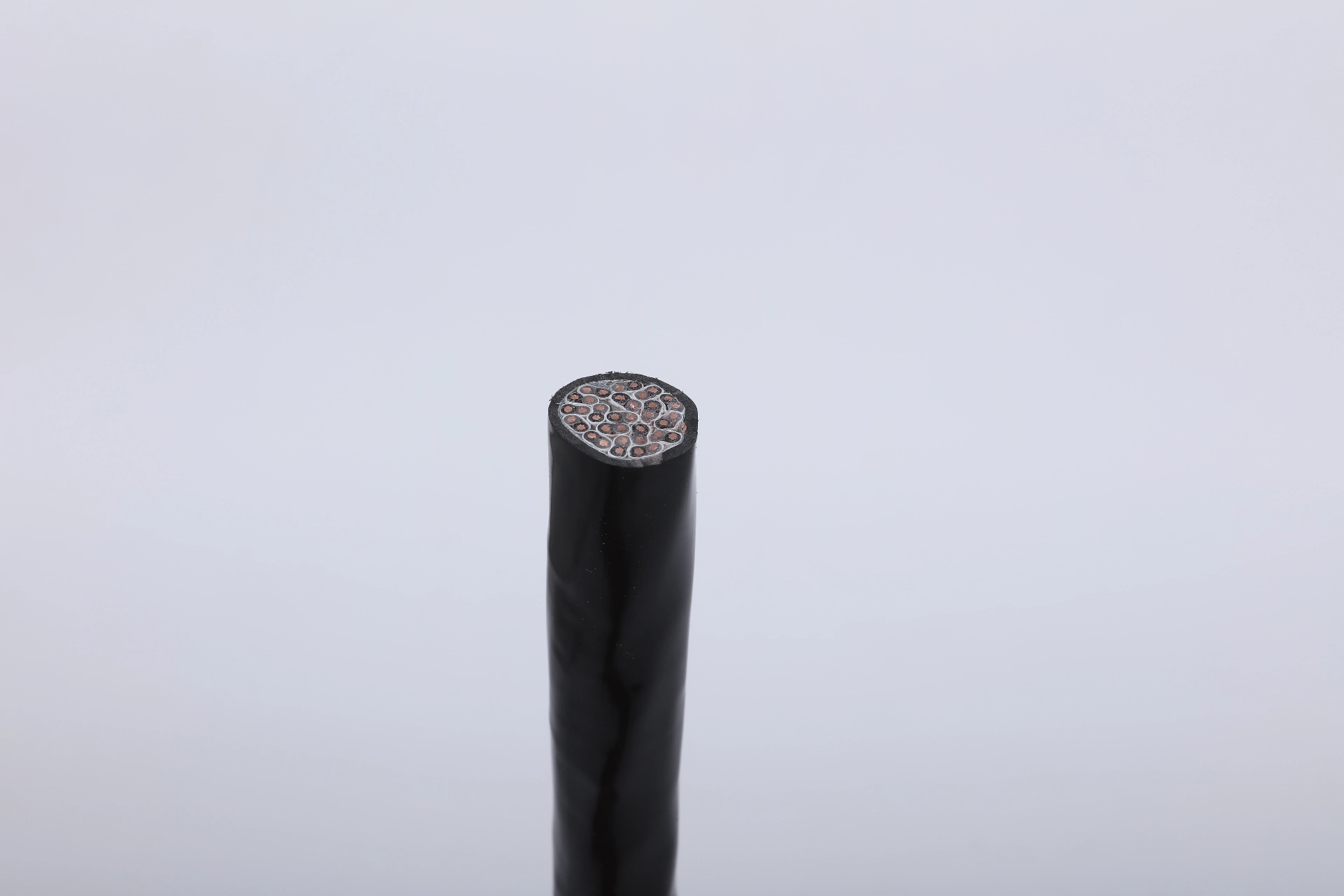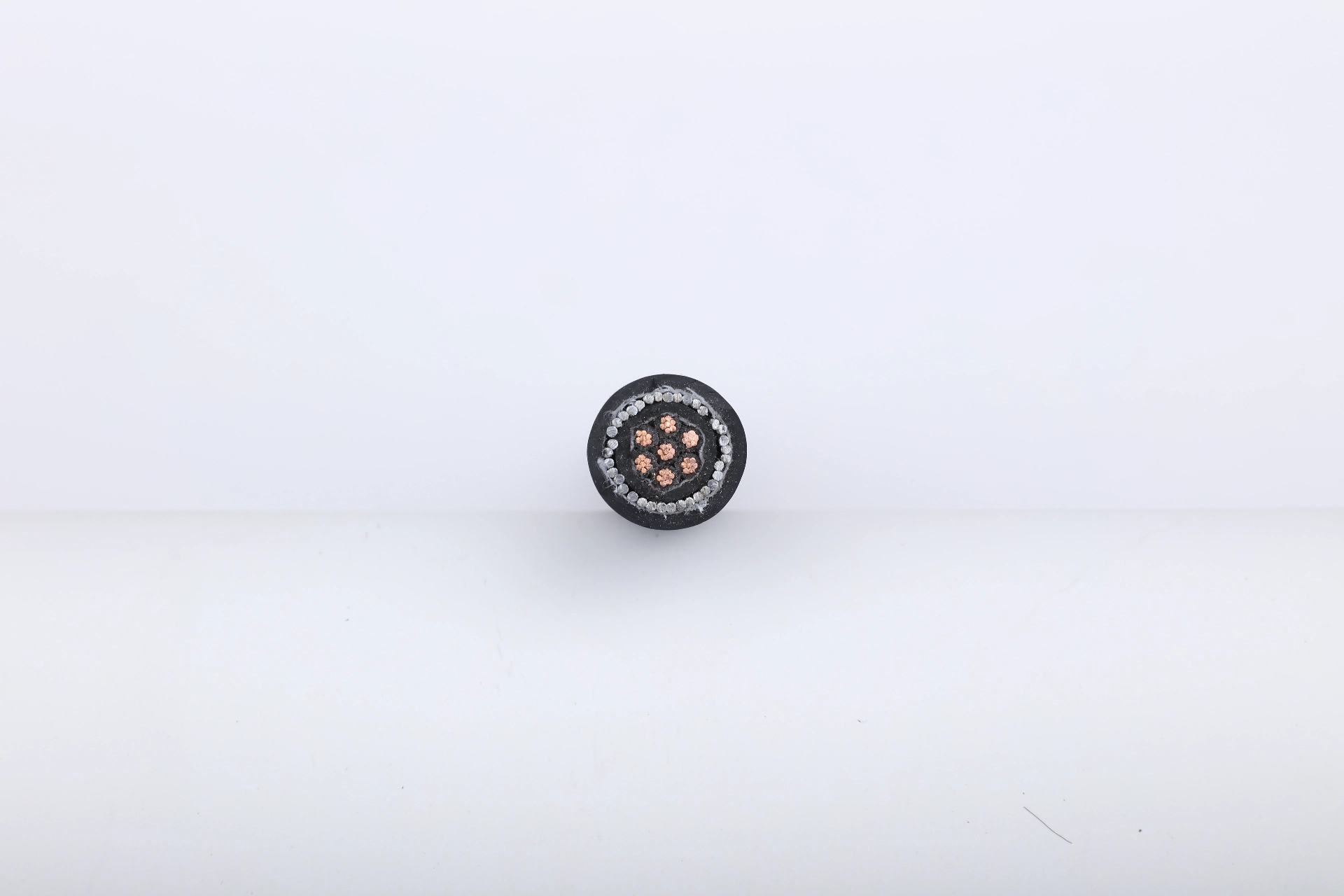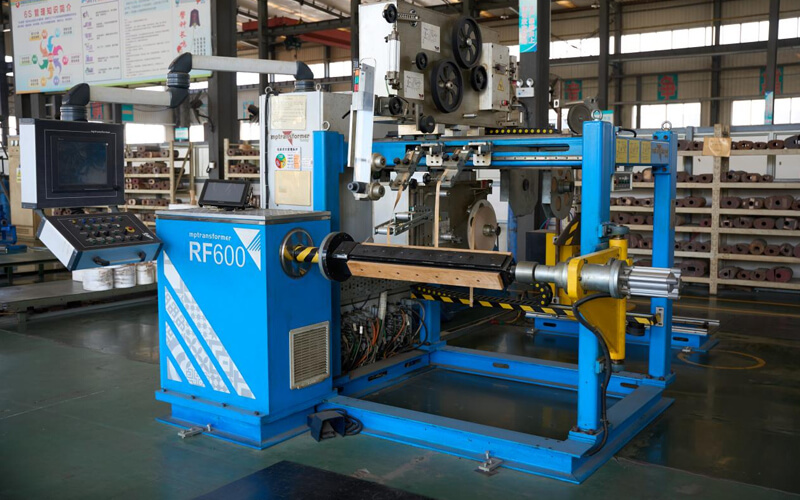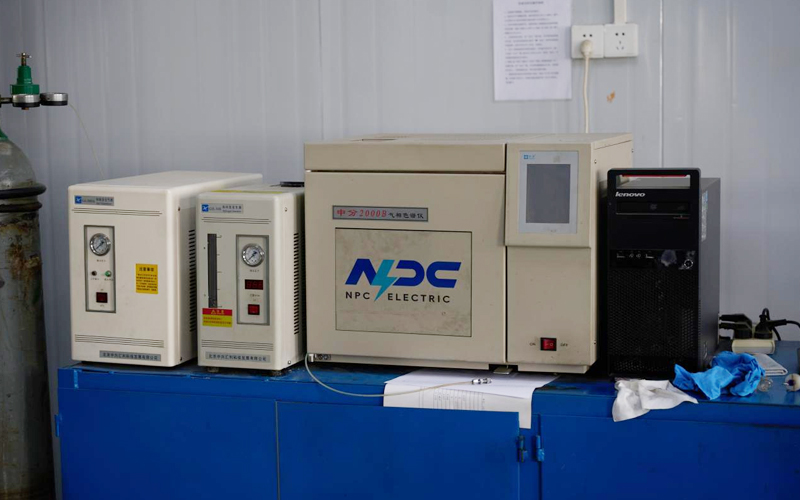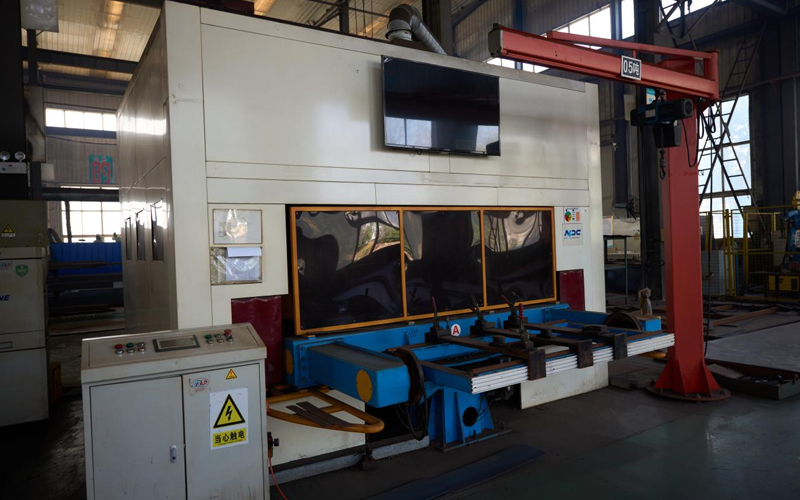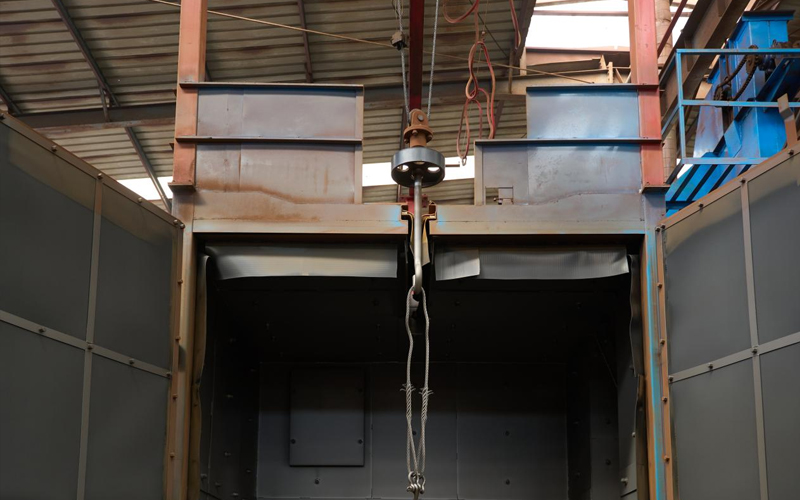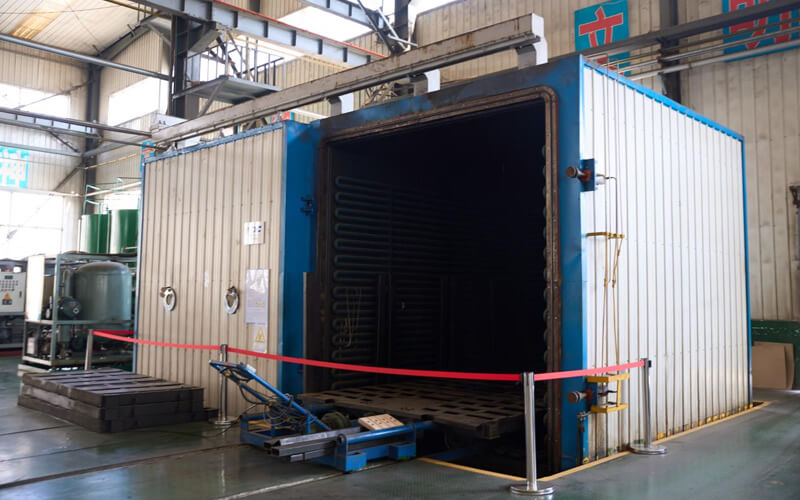Wires and Cables
Concentric Cable
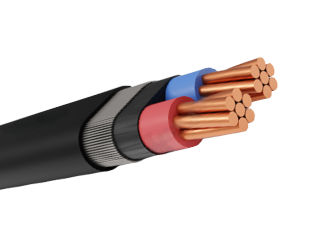
CONCENTRIC CABLE
NPC Electric Concentric Cable is designed with a central phase conductor surrounded by an evenly distributed concentric neutral conductor, providing a stable electrical return path and enhanced system safety. The concentric construction ensures uniform current distribution, reduces electromagnetic interference, and improves grounding reliability. High-purity copper or aluminum conductors are combined with durable insulation materials that offer excellent resistance to moisture, heat, and environmental stress. This cable structure is widely used in low-voltage power distribution, where mechanical protection and electrical stability are critical. The concentric neutral layer also enhances fault current handling and minimizes voltage drop during operation. With strong mechanical strength, long service life, and consistent electrical performance, concentric cables are suitable for underground installation and utility networks requiring dependable power delivery.In-Depth Analysis
Comparative Analysis of Efficiency and Loss
Compared to the industry average, NPC Concentric Cable exhibit lower losses and higher efficiency across the entire load range.
Load Efficiency Comparison(%)
No-load Loss Comparison(W)
High Conductivity Design
High-purity oxygen-free copper or high-quality aluminum conductors are used with smooth surface and low resistance to ensure efficient power transmission and reduce energy loss.
Insulation Protection System
Use flame-retardant, wear-resistant and corrosion-resistant polymer insulation materials to meet the safe operation requirements in different environments.
Weather-Resistant & Durable Technology
The outer sheath is made of UV-resistant, heat-resistant, and oil-resistant materials, making it suitable for high and low temperatures, humidity, and long-term outdoor use.
Safe Flame Retardant System
The multi-layered flame-retardant structure effectively slows the spread of flames and releases low-smoke, halogen-free gases during combustion, reducing secondary hazards.
Easy Installation & Maintenance
The flexible core and flex-resistant outer sheath provide a small bend radius and high installation efficiency. Color coding and length markings reduce installation and maintenance costs.
Intelligent Monitoring
An optional remote monitoring system is available to monitor operating status, temperature, load and other parameters in real time, and supports fault warning and remote diagnosis.
Environmental Adaptability Analysis
NPC Concentric Cable have been rigorously tested and can operate stably under various harsh environmental conditions.

Temperature Range
-40℃ ~ +55℃
Can work normally in extreme high and low temperature environments

Humidity Adaptation
0 ~ 100% RH
Including condensation environment, no frost requirement

Weather Resistance Grade
UV/IEC 60811-501
The outer sheath has excellent UV resistance and aging resistance

Chemical Corrosion Resistance
Oil / Acid / Alkali
Resistant to oil, acid, alkali and some chemical corrosion environments
Why Choose Us
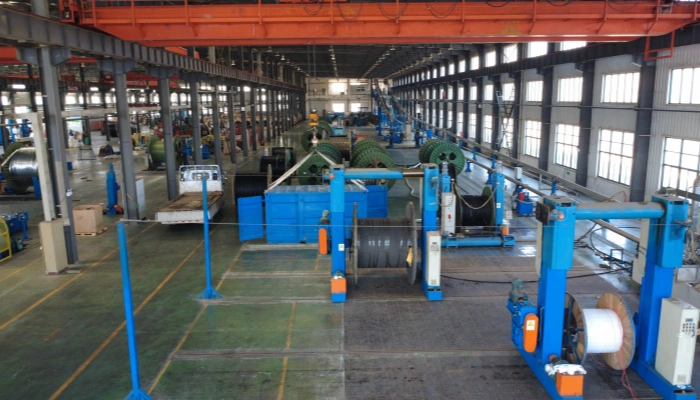
Unrivaled Security & Tamper Deterrence
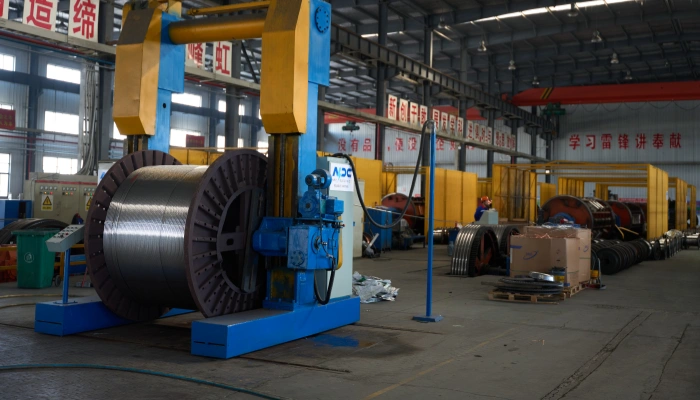
Enhanced Safety & Robust Protection

Optimal Performance & Compact Design
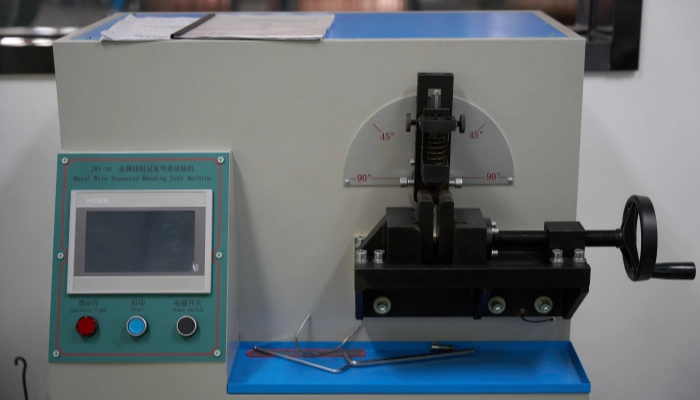
Long-Term Value & Compliance
Product Show
Testing and Certification
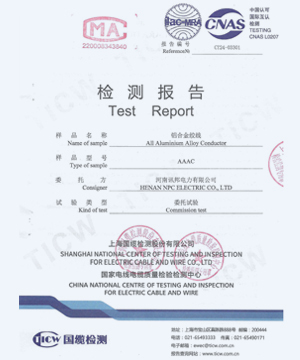
Bare Cable Test Report
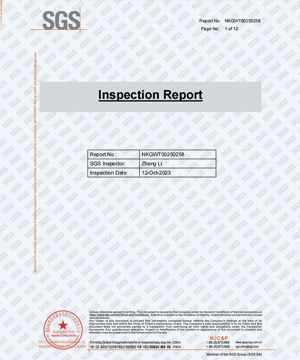
SGS Inspection Report

Certificate of Acceptance
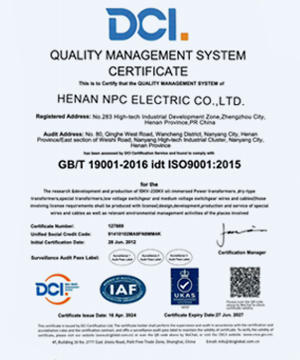
ISO Quality Certificate
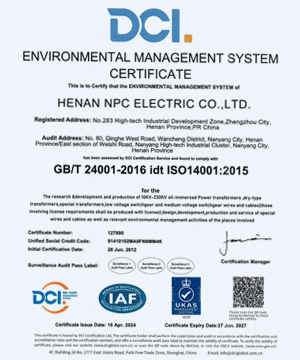
ISO Environmental Certificate

ISO Occupational Certificate
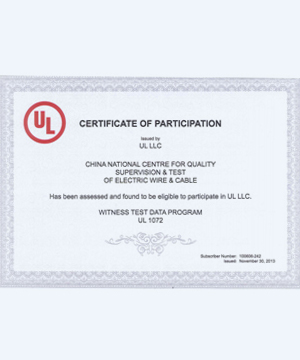
UL Laboratory Certificate
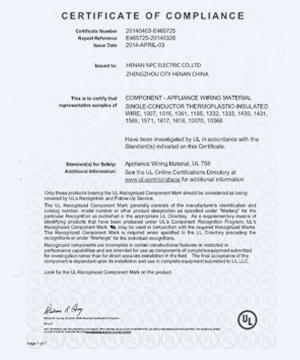
UL Product Certificate
Project Cases

Peru Solar PV Project
CompletedNPC Electric Delivers Medium-Voltage Cables for Peru Solar PV Project
Country:Peru
Model:HEPRZ1(AS) 1x630 mm² 19/33kV x 6km
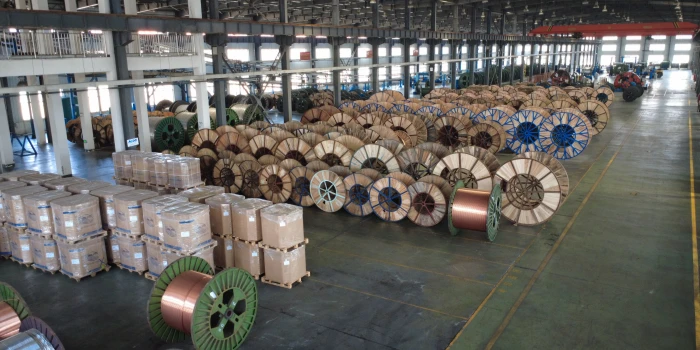
Chile El Project
CompletedReliable 19/33kV MV cables ensuring safe, stable, and efficient power transmission for critical projects.
Country:Chile
Model:19/33kV MV Power Cables x 5km
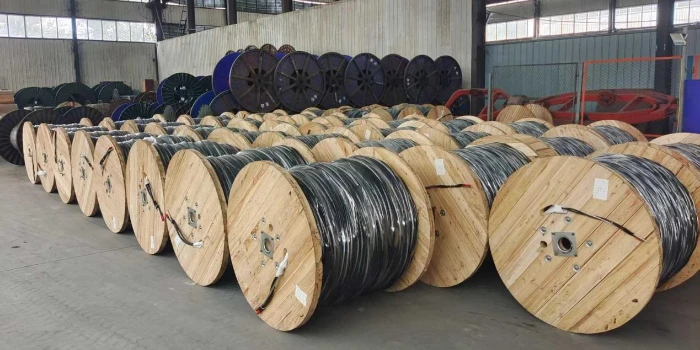
Dominican Edenorte Project
CompletedProvide outdoor power solutions for urban main road reconstruction projects to adapt to complex environments.
Country:Dominican
Model:NPC AAAC Cable & Triplex Cable x 10km
Technical Advantages
FAQ From Customers
-
What is a concentric cable?
A concentric cable is an electrical cable consisting of a central conductor, typically made of copper or aluminum, surrounded by one or more layers of insulating material and an outer layer of wire conductors that form the return path for the current. Commonly used in low-voltage power distribution systems, concentric cables are ideal for underground installations, providing both electrical power and protection against short circuits. These cables are designed to withstand mechanical stresses and environmental factors. -
What is the difference between 16mm concentric cable and 25mm concentric cable?
The primary difference between the 16mm concentric cable and the 25mm concentric cable is the size of the conductor and their current-carrying capacity. 16mm concentric cable is commonly used for residential and small commercial applications where lower power transmission is required, while 25mm concentric cable is suitable for medium power distribution in larger residential areas or commercial buildings. Both cables offer excellent mechanical protection, but 25mm cables support higher current loads and are better suited for larger electrical systems. -
What are the applications of split concentric cable?
Split concentric cables are commonly used for low-voltage power distribution in underground networks. The design of a split concentric cable includes a central conductor, surrounded by an insulating layer, with an outer sheath of concentric conductors that are separated into two parts. This design makes split concentric cables ideal for two-way transmission systems, offering improved electrical performance and safety. Split concentric cables are widely used in utilities, residential power connections, and street lighting systems, providing reliable and secure energy distribution. -
What is the advantage of concentric cables over standard cables?
Concentric cables offer several advantages over standard cables, particularly in power distribution systems. The concentric construction provides added mechanical strength and safety by using the outer conductive layer as a neutral conductor, which reduces the risk of electrical faults and short circuits. This type of cable is ideal for underground installations as it minimizes space requirements and improves electrical stability. The use of insulated concentric cables also offers protection against external damage and environmental factors, making them more reliable in urban environments and harsh weather conditions. -
What are the specifications of concentric cable 16mm and concentric cable 25mm?
Concentric cable 16mm and concentric cable 25mm have different specifications tailored to their intended applications. The 16mm concentric cable is designed for smaller power loads and is typically used for low-voltage residential and commercial networks, with a smaller conductor size and current-carrying capacity. On the other hand, a 25mm concentric cable is used for higher current applications and offers greater power handling capability, often used in medium power distribution systems. Both cables feature durable insulation, concentric conductor layers, and corrosion-resistant materials, ensuring long-lasting performance.







